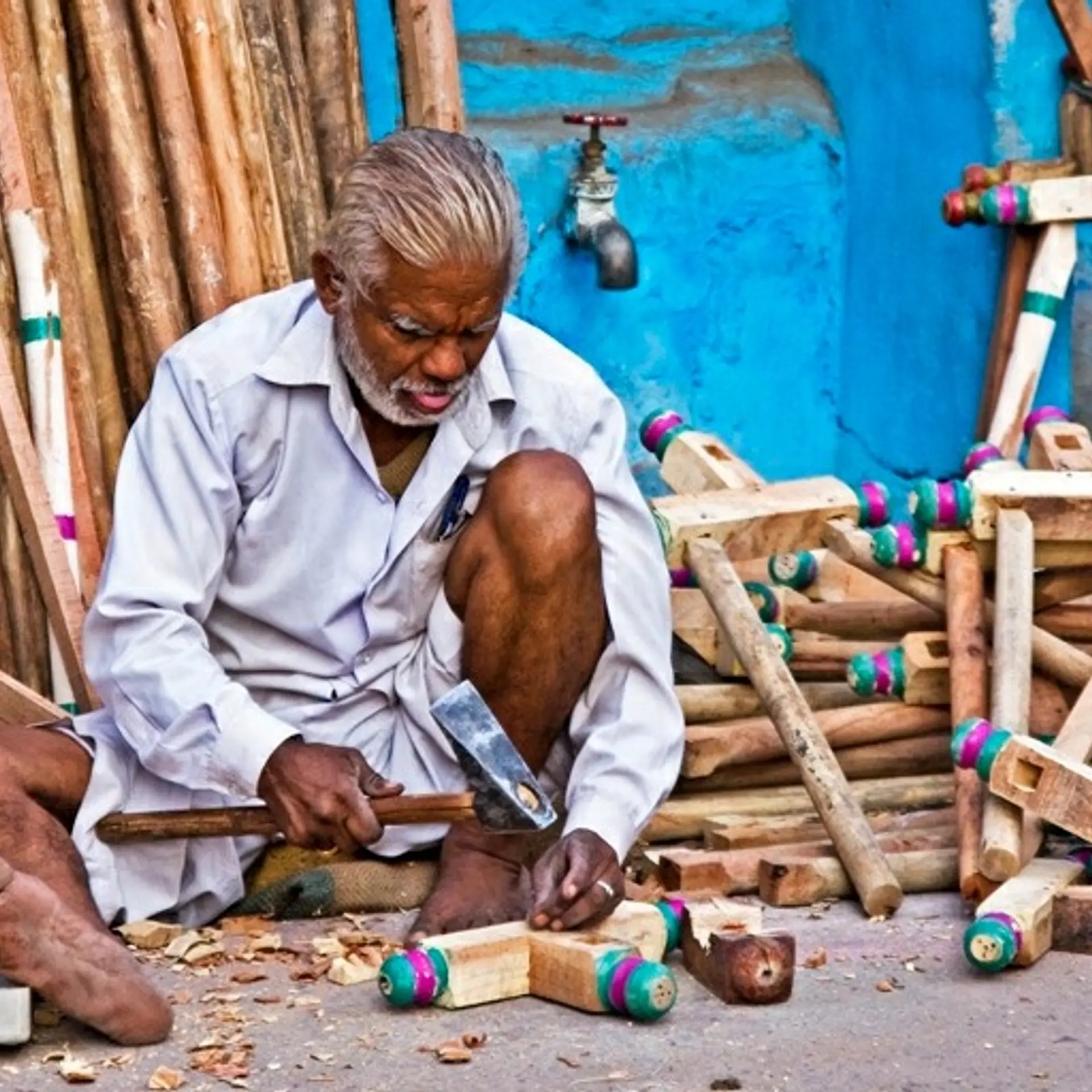

Indian hospitality’s new guests
For decades, India tourism has drawn tourists from far corners of the world. In recent years, however, it has also caught the imagination of local travellers - a burgeoning middle class!
Tuesday October 03, 2017 , 5 min Read
For decades, India has drawn tourists from far corners of the world to explore its diverse landscape, rich history, ancient architecture, multi-cultural society, food and religion, low-cost wellness, sports and even cinema. The country as a destination has made significant strides globally. In recent years, however, it has also caught the imagination of local travellers - a burgeoning middle class - leading to a surge in domestic tourism.
According to the Union Ministry of Tourism, in 2016, travels within states grew by 15.5 percent year on year to 1.65 billion visits. Statistics reveal that Indian travellers booked 52 percent more trips in Q3 of 2016 compared to the same period in 2015. A Boston Consulting Group and Google Research titled “Demystifying the Indian online traveler” published in June 2017 predicts the domestic travel market in India to be a US$48 billion industry by 2020.
The growth of India’s middle class and a subsequent increase in domestic tourism is in line with global trends. Leading hospitality consulting brand Horwath HTL identifies the growing middle class among the top three factors fuelling tourism worldwide. Furthermore, Horwath HTL points out that this growth is largely coming from the Asia-Pacific region, driven by India and China. In addition, US non-profit public policy research group Brookings Institution says the Indian population will be the largest single contributor to this growth, and is expected to account for 38 percent of the next one billion entrants to the global middle class. China will contribute 35 percent and other Asian countries a further 21 percent.
This spike in upward mobility is largely being driven by the relative youthfulness and tech savvy orientation of a new generation of Indians. India is the world’s second most populous country after China, but also boasts a very young population, with a median age below 27. After government employees, this is the new expanding working class mostly in the IT sector and allied industries. They are the neo Indian middle class. It is no surprise, therefore, that in June 2016 a Goldman Sachs report said, “with 440 million millennials and 390 million Gen Z teens and children, the sheer size of India’s youth paves the way for the country’s consumer story to be one of the world’s most compelling in the next 20 years.”
What is fostering this increase in disposable income of the Indian middle class and the young working Indian - prompting them to spend money on travel, eating out and having more fun - is the growth story of the Indian economy. India is the world’s fastest growing emerging market, and in 2016 had a real GDP growth of 7.1 percent, compared to China which grew by 6.7 percent. In this context, the domestic travel evolution is being boosted by improving infrastructure, such as better roads, rail and air connectivity, as well as the advent of low-cost airlines, which are driving lower airfares and a need for more variety in accommodation options. This evolution will continue in the coming years, as the percentage of affluent households in India is predicted to double in less than a decade.
The hospitality sector’s ‘aha’ moment
The fortunes of the hospitality sector are inextricably linked to an increase in travel. The "Indian online traveller" report pegs the growth of gross bookings at 13 percent to US$13 billion in 2020. In addition, according to CARE Ratings, the domestic lodging industry is expected to see room revenue rise at an 11-13 percent CAGR over the next five years on the back of strong economic growth.
Aviation, particularly its low-cost version, will be one of the largest drivers of this demand. According to the Centre for Asia Pacific Aviation, India is the third largest domestic aviation market in the world, with 100 million domestic passengers and growing at over 15 percent annually. The domestic airline industry is expected to be valued at US$30 billion by 2020.
There are several additional factors that will set the stage for strong growth in India’s hospitality sector in the coming years. Firstly, the profile of the Indian traveller is increasingly getting younger, while disposable income is increasing. Of the total number of Indians who travelled in 2016, 17 percent were in the age bracket of 18-24 years, compared to 12 percent in 2015. Secondly, access to technology is democratising the Indian traveller’s experience; a booming smartphone market means that more Indians are connected to the Internet than ever before. The new generation of travellers are smart, informed and know what they want. They are more discerning, appreciative and willing to spend more for better accommodation and allied facilities. They spend a lot of time on social networks, using them as a platform to vet travel experiences in advance. According to MakeMyTrip’s India Travel Report 2016, middle-class Indian travellers are typically taking three or four long weekend breaks in a year, as well as a couple of short holidays, especially during the festive season. They plan these trips several weeks in advance and explore various options before purchase.
Leading hotel brands are taking heed of the new Indian traveller. Wyndham Hotel Group, a hotel giant with an unmatched global presence, is steadily growing its portfolio in the premium, mid-market and value market segments in a wide array of destinations across the country. These include metros of Delhi NCR, Mumbai, Bengaluru, Chennai and Kolkata; smaller cities such as Ahmedabad, Amritsar, Chandigarh, Dehradun, Jalandhar, Jamshedpur, Lucknow and Panipat; and key leisure destinations such as Agra, Darjeeling, Jaipur, Jammu, Udaipur, Khajuraho, Kochi, Kumbhalgarh and Varanasi. Over the past seven years, the group has rapidly expanded its footprint in India to 33 hotels from just eight in 2010 and diversified its brand portfolio to include Ramada, Ramada Encore, Howard Johnson and Days Hotels.
The country’s growing middle class is checking in and we want to ensure they enjoy their stay with us and keep visiting.




